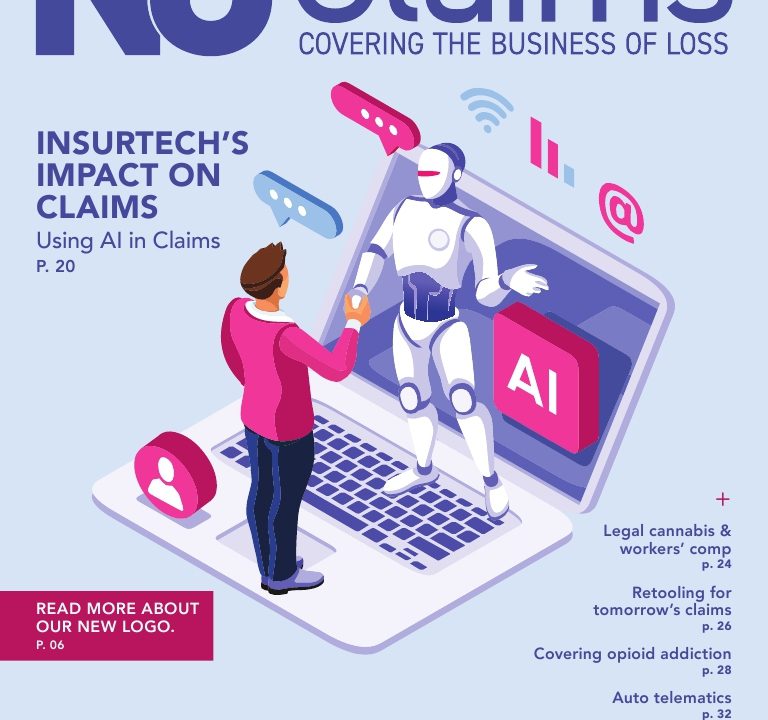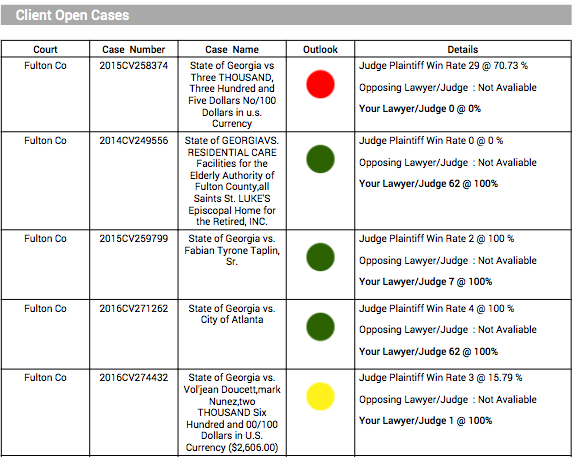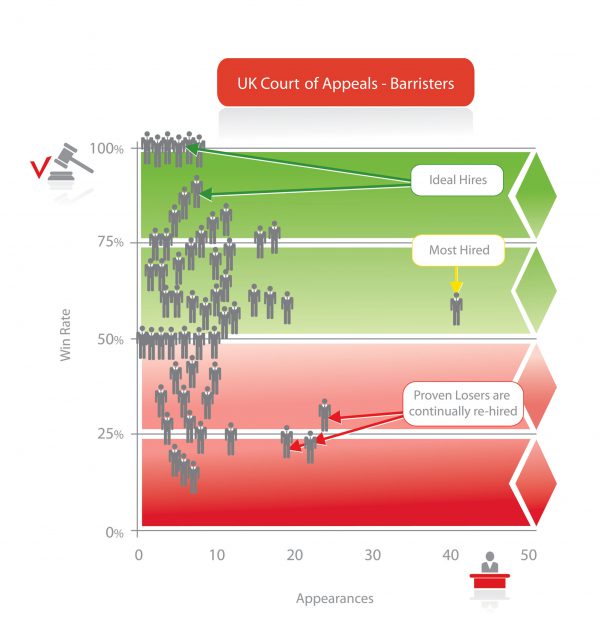Law Has Come a Long Way but Not Far Enough as Yet
Law Has Come a Long Way but Not Far Enough as Yet

While we”ve accomplished a lot on efficiency, and there have been major changes in the business of law, the practice of law, on a fundamental level, has not changed as much. But such fundamental change is likely underway now, as technology and innovative thinking takes a more and more aggressive role in
changing the practice – from Premonition”s ability to assist clients in selecting lawyers.
A few days ago, on a tired plane ride, I happened to stumble across the 1982 Paul Newman movie, The Verdict, on the airline entertainment system. I hadn’t watched that movie in at least two decades, and decided it might be worth another look. On its entertainment merits, the movie still has much to recommend it, starting with the redemption story for the lost alcoholic lawyer, Frank Galvin, played by Newman. However, with my business of law hat on I was most struck by how much has changed in the 33 years since that movie was made – and how much more there is to go.
The story revolves around a relatively straightforward, though tragic, medical malpractice case involving a Boston Catholic hospital. An elite Boston white-shoe firm represents the archdiocese, the hospital and the doctors, and it takes only moments to recognize how much has changed since the movie was made. To begin with, of course, a medical malpractice claim would almost certainly be handled today by a specialty med-mal defense firm, especially when insurance companies are backing the defense. Specialization in all areas of practice is critical. More startling, though, is the first scene at the big law firm, where a team of a 14 lawyers (plus a uniformed waiter pouring water) are all sitting around the conference table while the senior partner doles out assignments on everything from substantive discovery to undermining the plaintiff’s lawyer, including a “press strategy.” Then all 14 “review the depositions” together. Probably 150 billable hours per day going into the case…
However theatrical and embellished it may have been in 1982, as evidence of how far the practice of law has come in the past 33 years, the scene is instructive. Obviously, few matters today require teams so large, and even the ones that do could never tolerate a dozen-plus lawyers duplicating each other’s work (did that really used to happen?). Most cases of this type today would be handled with far greater efficiency and maybe two lawyers and a paralegal, at most. We have technology to thank, of course, but client thinking has also evolved and most
“While the practice of law has changed, it is easy to recognize how much farther we have to go.”
JOSEPH B. ALTONJI, FOUNDING PRINCIPAL OF LAW VISION GROUP
clients are looking for good outcomes achieved efficiently- not via scorched earth. On the plaintiff’s side, we’ve seen significant evolution as well. So few cases are tried these days that the number of firms and individual lawyers handling most of the actual trial work in this country has narrowed, and their skills and expertise have become sharper. In the plaintiff’s world there is a major divide between the trial lawyers and others, and because of their fee structures, good plaintiff’s firms could teach the defense firms something about efficiency.
Yet, while the practice has changed, it is easy to recognize how much farther we have to go. While people may disagree on the definitions, from an important perspective one could argue that we’ve had thirty-three years of evolution, but not so much revolution. While we’ve accomplished a lot on efficiency, and there have been major changes in the business of law, the practice of law, on a fundamental level, has not changed as much. But such fundamental change is likely underway now, as technology and innovative thinking takes a more and more aggressive role in changing the practice – from Premonition’s ability to assist clients in selecting lawyers with the best track records in narrowly targeted ways, to Lex Machina’s use of data mining to analyze judges’ receptivity to motions or the experience of your opposing counsel, to myriad experiments happening in individual firms across the US and the globe.
It is sometimes said that many people overestimate what can happen in a year or two, but underestimate the change that will take place in a decade. Certainly in the thirty-three years since The Verdict hit the silver screen, about the career length of today’s typical senior partner, we have seen a lot of change in law and in society. But the fundamentals remain recognizable. Will we be able to say the same when today’s young lawyers look back on their careers thirty-three years from now? Or will we be more likely to think that something fundamental has occurred, remaking the business and practice of law materially, to the benefit of clients and of society? Will the next thirty-three years be evolutionary, or revolutionary? It will be interesting to look back and see.







